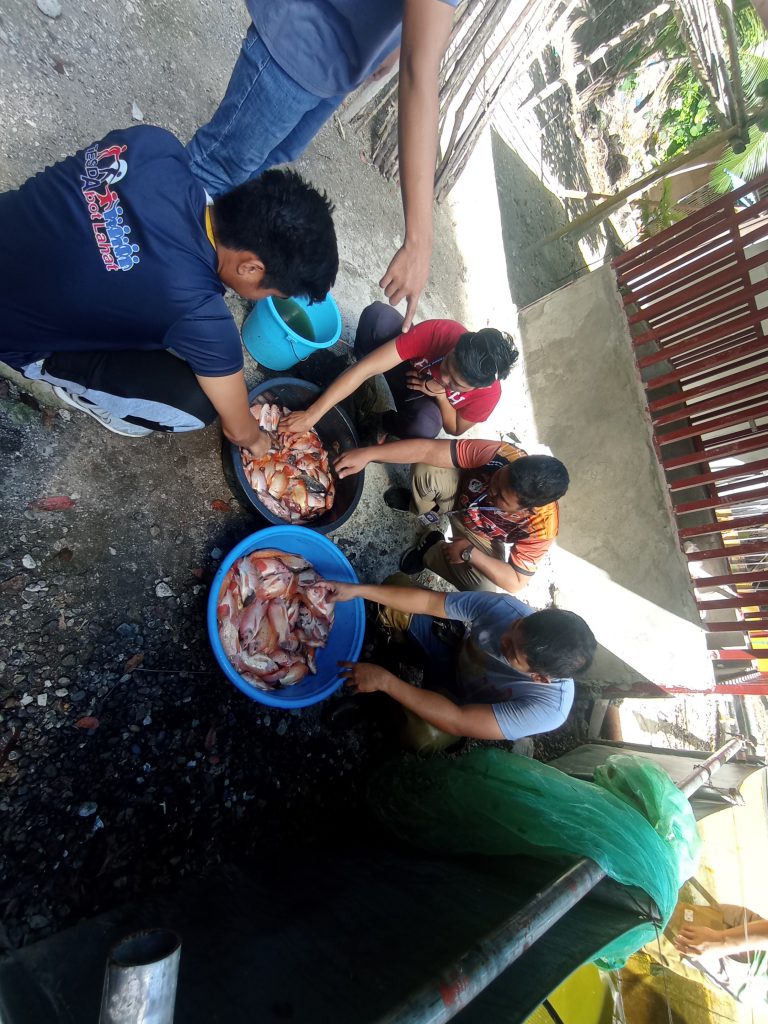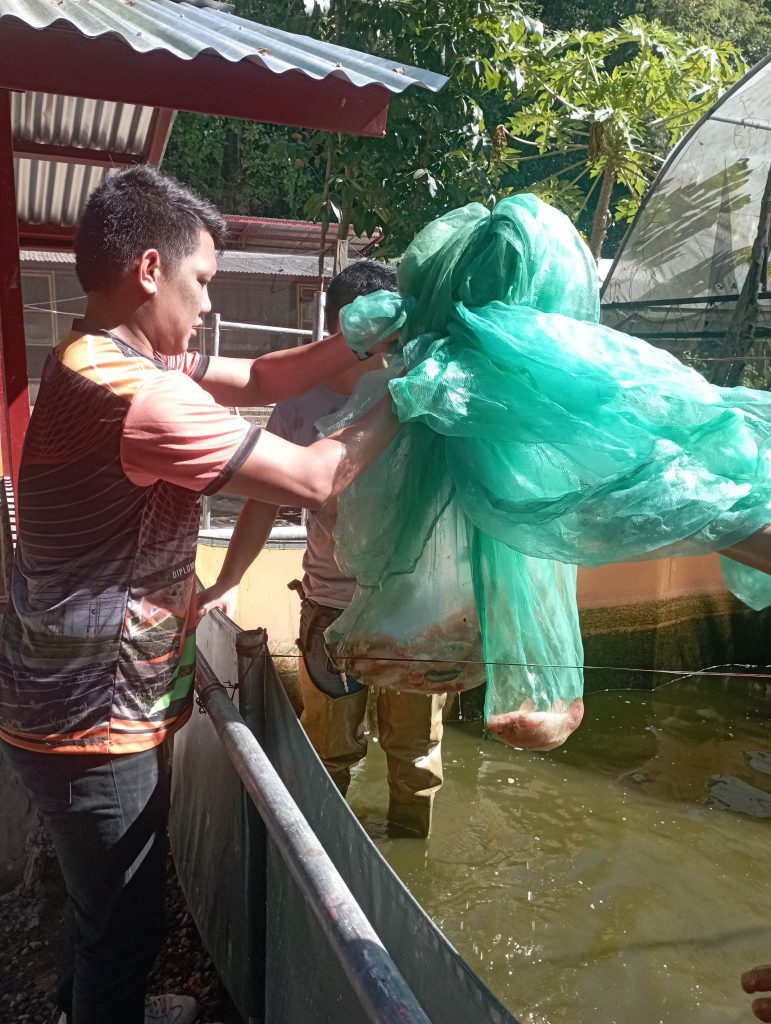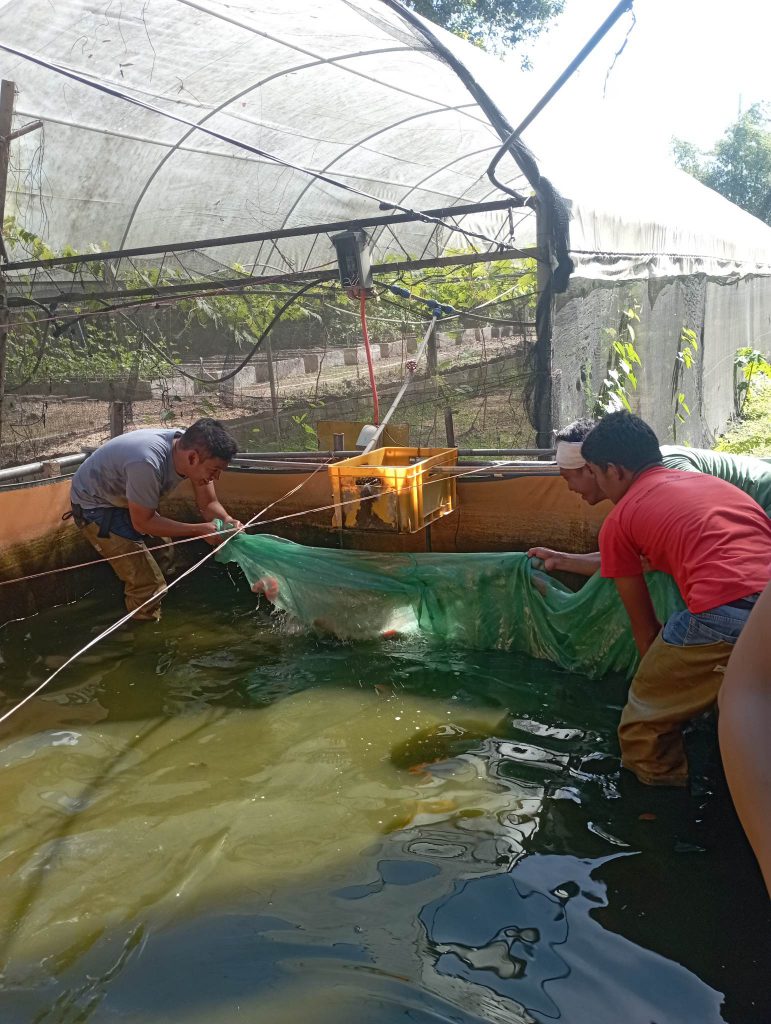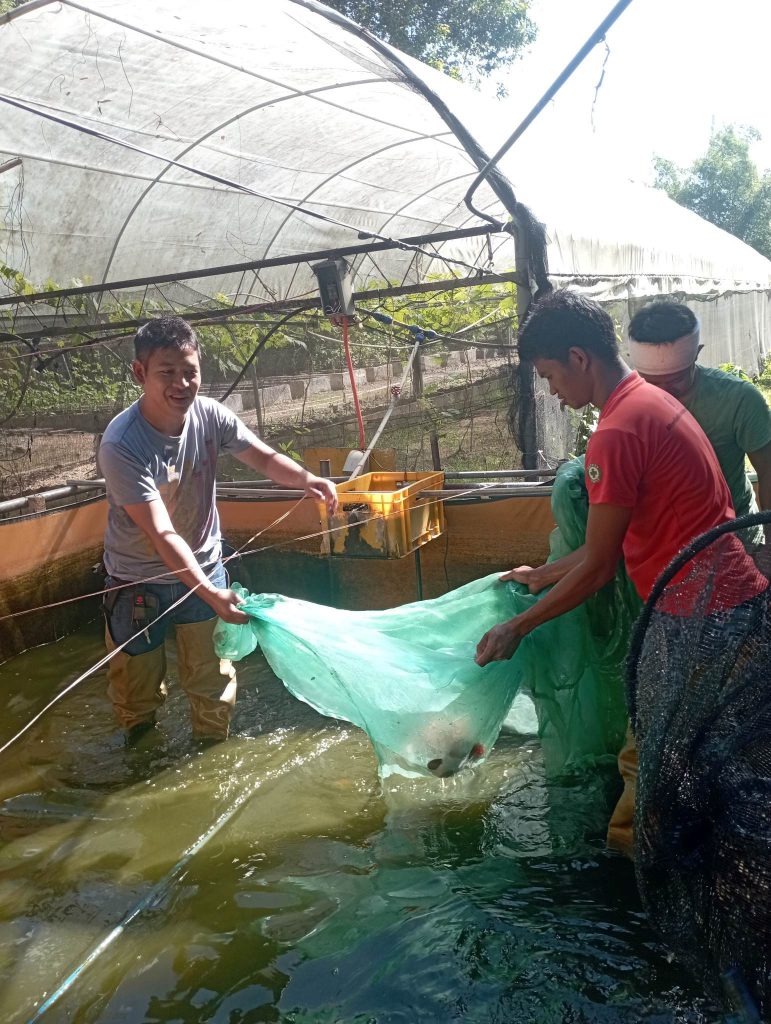The Project Implementation of Backyard Tilapia Raising through a Trapond, also known as Trapalpond, is a revolutionary and sustainable method of fish farming. This innovative approach to aquaculture utilizes locally sourced materials such as trapal, which is a heavy-duty plastic sheet commonly used to cover cargo.
The Trapalpond project seeks to provide a sustainable source of food and income for households living in rural and urban areas. By using this technique, families can raise tilapia in their own backyard, making them less reliant on outside food sources.
The Trapalpond is an easy-to-build, low-cost, and low-maintenance structure that utilizes natural systems to support the growth of the fish. The design is based on a combination of a pond and a trap, which allows for efficient water circulation and waste management.
The Regional Training Center Korea Philippines Vocational Training Center has successfully conducted its first harvest of tilapia using the Trapalpond project. This significant milestone marks the success of the innovative and sustainable approach to fish farming, which utilizes locally available materials such as trapal.
The harvest was carried out with the guidance of DABET Head Trainer and Backyard Tilapia trainer Engr. Lougino A. Miguel, who played a crucial role in the successful implementation of the technology. The project’s team is optimistic on the potential benefits of this Trapalpond project in providing the the community, with sustainable source of food and income.
According to Engr. Miguel, the project’s first harvest is just the beginning of what he believes a prosperous and sustainable future for the Trapalpond project. He expressed his gratitude to the project’s supporters and emphasized the importance of continued support for the project’s growth and development
With continued support and dedication, this project has the potential to transform the way we approach fish farming and provide sustainable solutions to food security and economic development in rural and urban areas.




